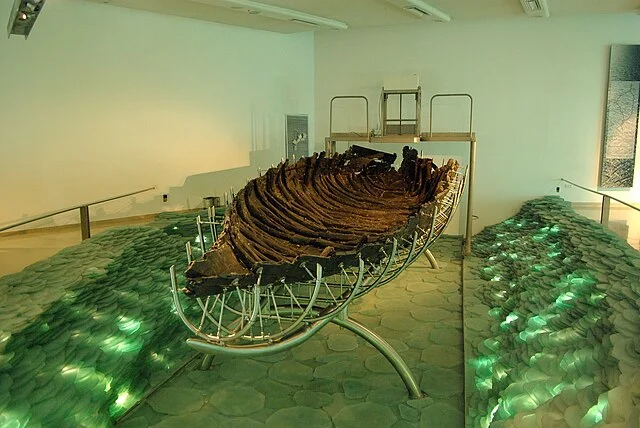The Sea of Galilee Boat, also known as the “Jesus Boat,” is a remarkable archaeological discovery from the 1st century AD. Unearthed in 1986, this ancient fishing vessel provides valuable insights into the construction techniques, lifestyle, and culture of people in the region during the time of Jesus. Its well-preserved structure has made it one of the most significant finds relating to daily life around the Sea of Galilee in ancient times.
Get your dose of History via Email
Discovery and Excavation
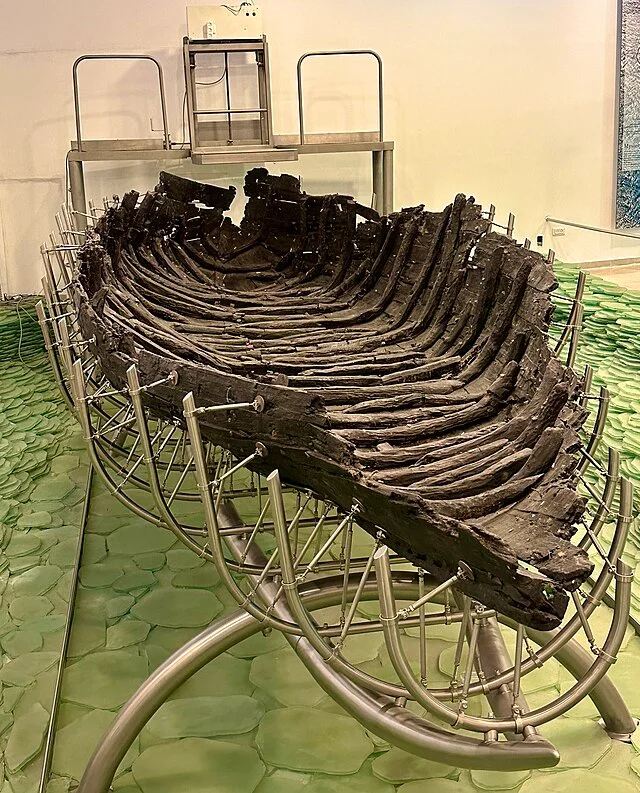
In January 1986, two brothers, Moshe and Yuval Lufan, found the boat on the northwestern shore of the Sea of Galilee. A severe drought had lowered the lake’s water level, exposing parts of the ancient vessel. A team of archaeologists from the Israel Antiquities Authority (IAA) quickly began a careful excavation to preserve the boat from further exposure and decay. Archaeologists excavated the site over 12 days, working around the clock to prevent exposure damage. Following the excavation, they transported the boat for conservation at the Yigal Allon Museum in Kibbutz Ginosar, where it remains on display.
Structural Details
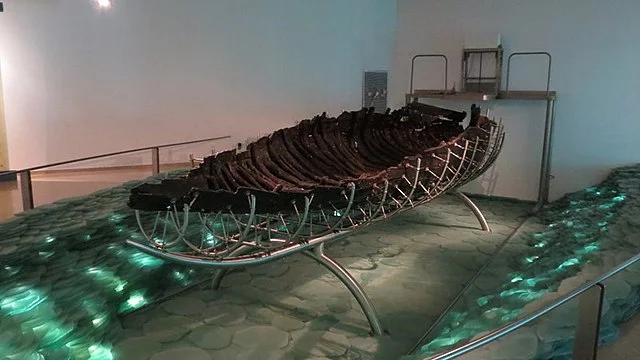
The Sea of Galilee Boat measures approximately 27 feet in length, 7.5 feet in width, and about 4.3 feet in height. Its design is typical of vessels used in the Sea of Galilee from the 1st century BC to the 1st century AD. It was constructed using local wood varieties, including cedar and oak, highlighting the available resources and skilled craftsmanship in the region. The boat’s builders used an ancient construction method known as “mortise-and-tenon joinery,” where wooden pegs held planks together. This method gave the vessel durability and flexibility, ideal for navigating the sometimes turbulent waters of the Sea of Galilee.
The boat features a flat bottom, likely enabling it to operate in shallow waters and near the lake’s shoreline. Its design allowed for easy beaching, making it ideal for fishing activities close to shore. Additionally, the vessel’s small size suggests it was likely operated by a small crew of around four to five people.
Historical and Cultural Significance
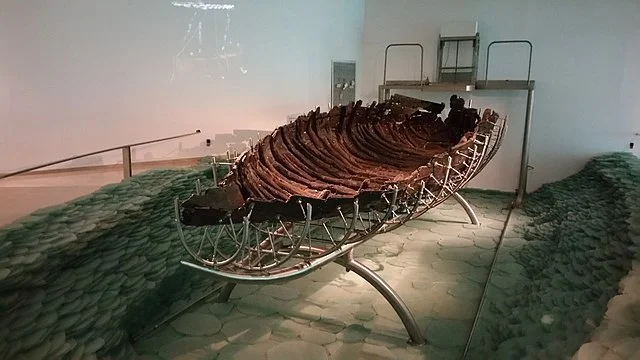
Dating the Sea of Galilee Boat to the 1st century AD placed it within a critical period in Jewish history, at the intersection of Roman occupation and the life of Jesus. Archaeologists used radiocarbon dating and pottery fragments found at the site to establish this timeframe. This dating also overlaps with the period of the First Jewish–Roman War (AD 66–73), suggesting the boat may have been used for various purposes, including fishing, transport, and possibly even by Jewish rebels seeking refuge.
The boat’s connection to the time of Jesus has led some to nickname it the “Jesus Boat.” While no evidence links the vessel directly to Jesus or his disciples, its design and period provide a direct glimpse into the type of boat commonly used by fishermen, such as those mentioned in the Gospels. This association has drawn significant interest from both scholars and the public, bridging archaeology and religious history.
Conservation Efforts
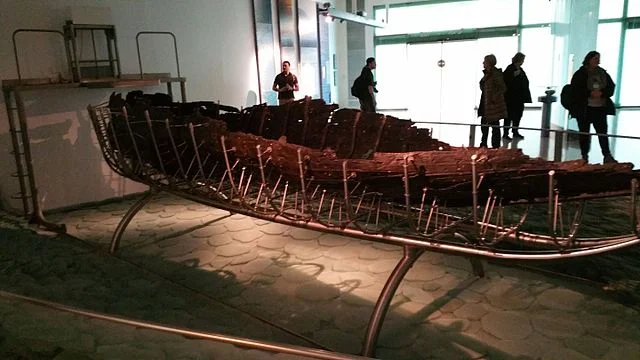
Preserving the Sea of Galilee Boat required advanced conservation techniques due to the vessel’s delicate state. After excavation, archaeologists submerged it in a chemical bath for 12 years to replace water within the wood with synthetic materials. This process strengthened the structure and stabilized it for display. Without these efforts, the boat would likely have disintegrated quickly upon exposure to air. Today, the Yigal Allon Museum houses the preserved boat, where visitors can view it alongside displays explaining its history, construction, and cultural significance.
Insights into Ancient Life on the Sea of Galilee
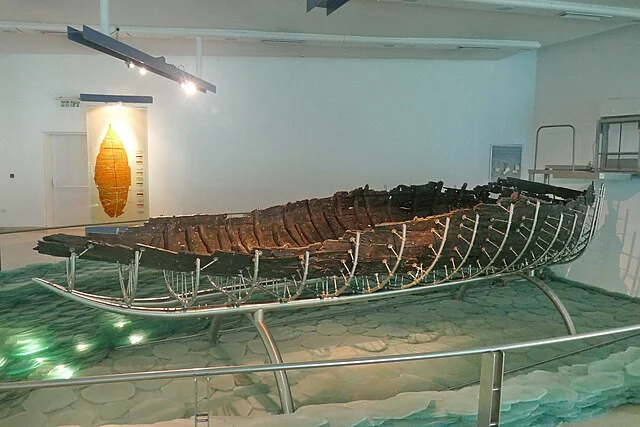
The Sea of Galilee Boat provides essential information about daily life in ancient Galilee. It highlights the importance of fishing and the practical, well-developed craftsmanship of the time. The design indicates that fishing was a critical livelihood, with boats like this one supporting local economies and sustaining communities around the lake. Moreover, the boat’s relatively simple construction and use of local materials show a resourceful society that maximized its available resources.
In addition to fishing, the boat demonstrates the use of such vessels for transportation and possibly even military operations during conflicts. This suggests a dual purpose for vessels in the region, both for economic activities and survival amid political unrest.
Conclusion
The Sea of Galilee Boat remains one of the most significant archaeological finds in Israel, shedding light on 1st-century AD life around the Sea of Galilee. This discovery has provided valuable insights into ancient boatbuilding techniques, local resources, and the daily lives of fishermen and other residents of the area. While no evidence directly connects the vessel to Jesus, its historical context enriches our understanding of the period. Today, the preserved boat serves as a tangible link to the ancient past, illustrating a key aspect of life in a region with profound historical and religious significance.
Source:

